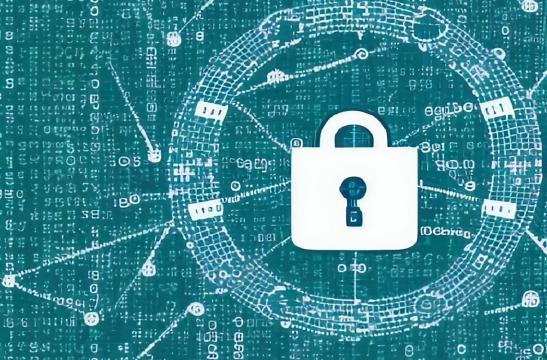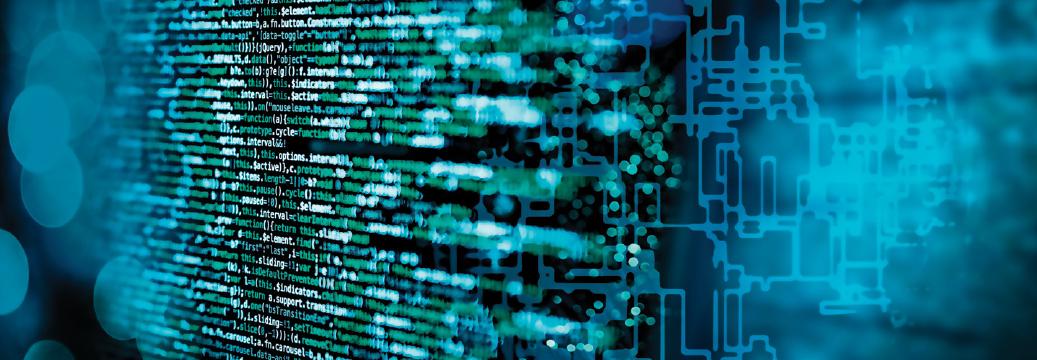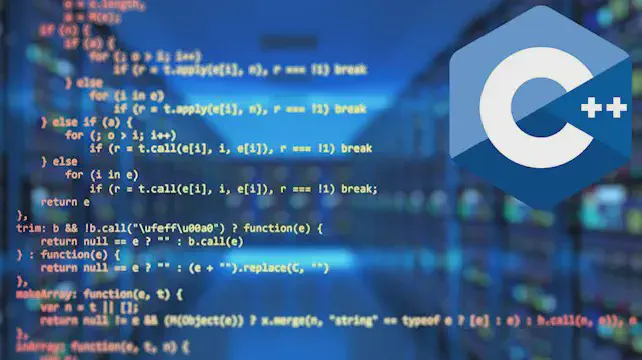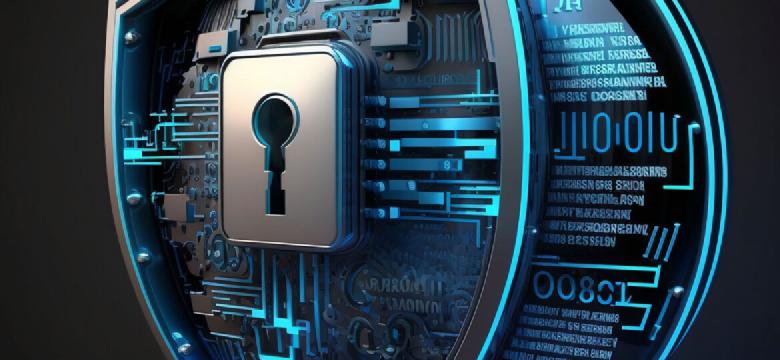Excerpt§
Sha 256 exhibits a high degree of uniqueness in practice, but collisions are possible in theory so prudent usage requires salting, randomness, and accepting that uniqueness is never fully guaranteed.
Introduction§
Sha 256 is a widely used cryptographic hash function. A key requirement for cryptographic hashes is to produce unique output values, even for similar inputs. But is Sha 256 guaranteed to always be unique? This article will explore the factors that impact uniqueness and the real-world collision risks.
Understanding the nuances around uniqueness allows proper usage of Sha 256 for security applications.
What is Sha 256?§
Sha 256 is part of the Sha 2 family of cryptographic hash functions published in 2001. It was designed by the NSA to generate a 256-bit hash value from an input message of any length.
Some key properties of Sha 256:
- Extremely fast computation compared to other hashes
- High security margins against collisions and attacks
- Used extensively for data integrity checks and digital signatures
The 256-bit output length enhances uniqueness compared to older hashes like MD5 or Sha 1.
The concept of uniqueness§
A hash function is considered unique if it satisfies two properties:
- Low probability of random collisions
- Infeasibility of intentionally creating collisions
True uniqueness requires both conditions be met to a very high degree of certainty.
Factors affecting uniqueness§
Some key factors impact Sha 256 uniqueness:
- Input length and complexity - Longer inputs have greater uniqueness
- Collision resistance - Harder to find colliding message pairs
- Randomization - Salts and keys enhance randomness
Increasing input size and randomness helps maximize Sha 256 uniqueness.
The probability of collision§
Random collisions occur when two different messages produce the same hash purely by chance.
The birthday attack estimates the complexity of finding sha 256 collisions is 2^128 operations. This makes collisions unlikely in practice.
Intentional collisions are even harder to engineer due to Sha 256’s structure.
Real-world examples of collision§
There are no publicly known examples of real-world Sha 256 collisions. Some researchers have demonstrated reduced-round theoretical attacks, but practical full-round collisions remain elusive.
This reinforces the complexity of engineering Sha 256 collisions.
Measures to enhance uniqueness§
Some best practices further improve Sha 256 uniqueness:
- Use larger, more complex input data
- Salt hashes to introduce randomness
- Use HMAC to prevent length extension attacks
Following these guidelines maximizes the uniqueness benefits of Sha 256.
Conclusion§
Sha 256 exhibits a very high degree of uniqueness under normal usage conditions. While collisions are possible in theory, they are statistically improbable.
But prudent usage requires introducing additional input entropy, avoiding hash length extensions, and allowing future upgrades as research progresses.
Overall, Sha 256 provides reliable uniqueness to securely verify data integrity, authenticate users, prevent tampering, and enable digital trust on a large scale. But uniqueness should never be assumed as guaranteed without additional defensive measures as part of robust security engineering.















